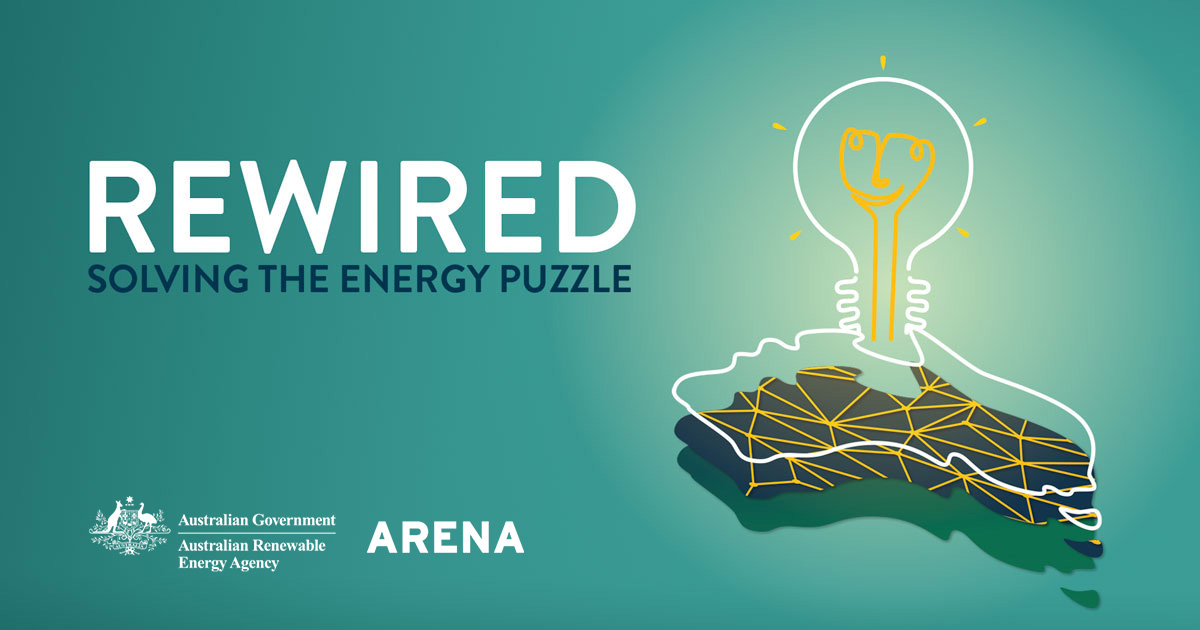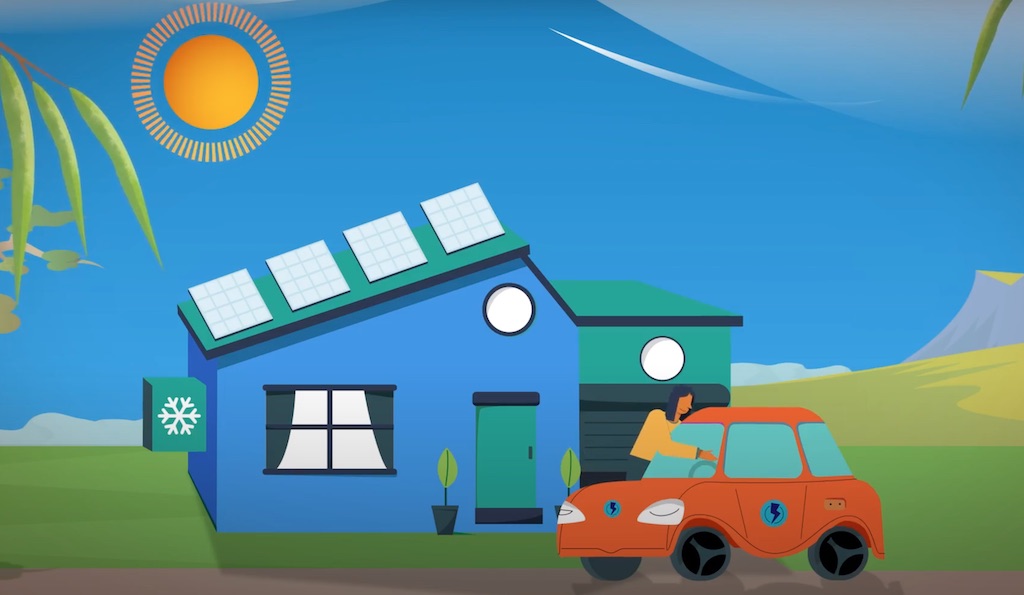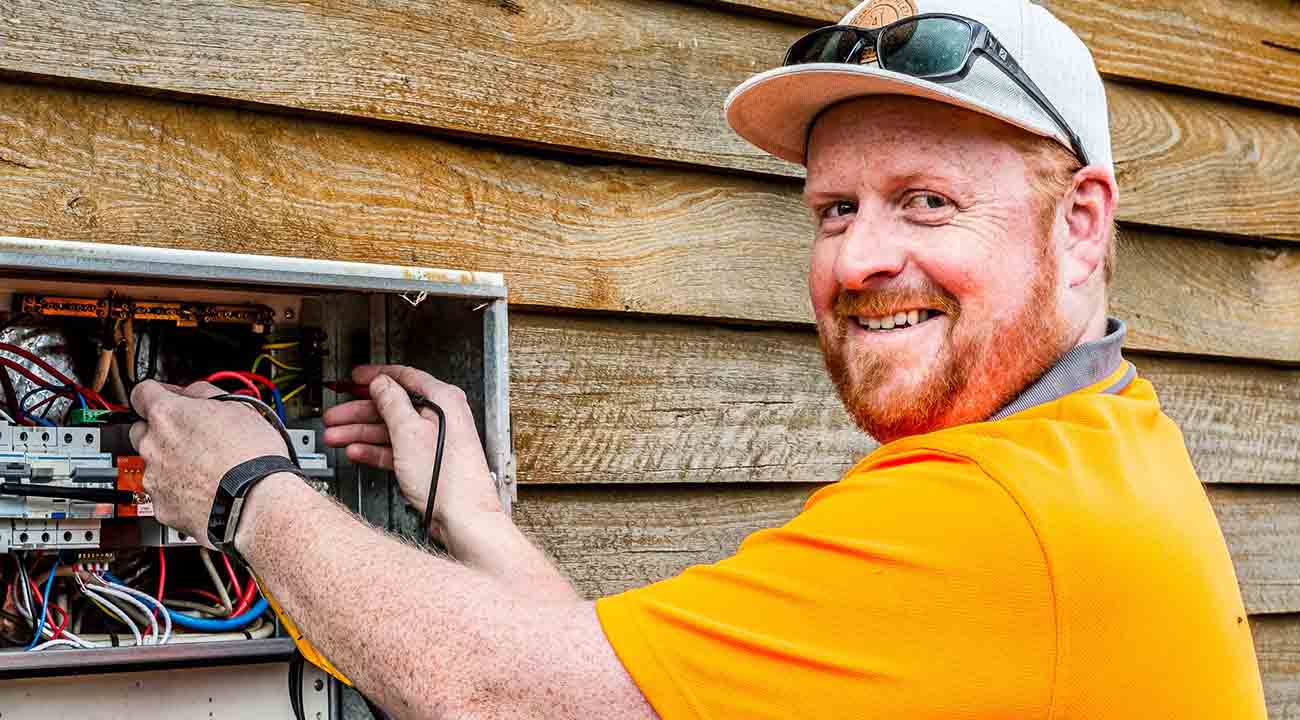What are distributed energy resources?
Distributed energy resources (DER) is the name given to renewable energy units or systems that are commonly located at houses or businesses to provide them with power. Another name for DER is “behind the meter” because the electricity is generated or managed ‘behind’ the electricity meter in the home or business.
Common examples of DER include rooftop solar PV units, battery storage, thermal energy storage, electric vehicles and chargers, smart meters, and home energy management technologies.
Distributed energy resources in Australia
Distributed energy resources are changing the way Australia produces and manages electricity. Rather than electricity being generated by big, centralised power stations, it is now starting to come from many places including millions of homes and businesses.
The demand for DER in Australia is also expected to grow, with the Electricity Network Transformation Roadmap estimating that by 2050 DER may contribute up to 45 per cent of Australia’s electricity generation capacity.
This means that the organisations responsible for managing the electricity system have a massive challenge to ensure that it all works together and the electricity grid remains stable.
Explore DER resources
How are we supporting distributed energy resources projects?
In 2018, we established the Distributed Energy Integration Program (DEIP), a collaboration of government agencies, market authorities, industry and consumer associations with the shared aim of maximising the value of customers’ DER for all energy users. The DEIP supports information exchange and collaboration on DER issues, enabling a more efficient identification of knowledge gaps and priorities, and accelerating reforms in the interest of customers.
We are also providing funding support for projects that demonstrate how the effective use of distributed energy resources can help Australia transition to a secure and reliable grid with a high share of renewables.
In 2019, we awarded $9.6m in funding for 12 DER research and demonstration projects to develop new ways to understand and manage the effect of high levels of DER in different parts of the electricity grid. The projects are examining how grids can connect more DER cheaper and faster while reducing costs and operating within the technical limits of the power system. This investment is helping networks, retailers, government and system operators understand and overcome the technical and commercial challenges of managing a grid with a large share of DER.
What do we look for in DER projects?
We are looking for new ways to evolve electricity grids to solve the challenges associated with more DER and to maximise the value DER can provide. This could include:
- new business models or approaches to realise the potential value of DER to reduce total system costs or improve system stability
- technologies and techniques to enhance cyber security in the context of DER
- projects and studies that develop insights into customer experience and behaviour
- innovative data-enabled consumer products and services
- studies and projects exploring techniques to optimise distribution network capacity with DER, potentially moving towards a network optimisation market
- projects that demonstrate the integration and coordination of flexible loads and aggregated DER (e.g. virtual power plant models, thermal storage, buildings as distributed resources and electric vehicle providing services to the electricity system).
- projects that progress regulatory frameworks to maximise the use and investment in network infrastructure that enables more DER (e.g. tariff reform, network hosting capacity assessment, markets for DER services).
Knowledge sharing
We share knowledge, insights and data from our funded projects to help the renewable energy industry and other projects learn from each other’s experiences.
Read distributed energy project reports in the Knowledge Bank










